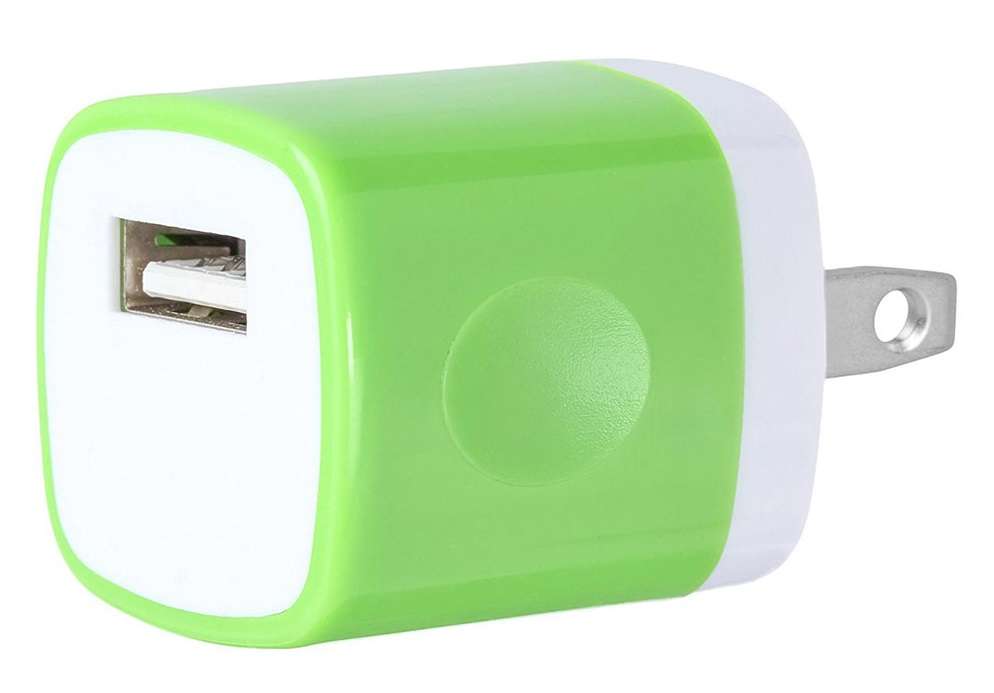What’s the difference between a discount store battery charger and an industrially rated unit? It’s bigger than you think.
Most of us have tried to save a few pennies by buying a cheap charger online or at the local discount store.
One time, I opened up one up to see how it looked inside. It had a collection of manually soldered wires in the breadboard. And they didn’t look particularly safe.
This is a big problem. Such chargers can’t adapt to the voltage supply and cannot halt the flow of charge when not required by the device.
To understand this problem let’s go over the basics of how batteries are charged.
The four stages of charging:
Stage 1: As the device is connected to the charger and plugged into a power supply the voltage increases rapidly.
Stage 2: Once the voltage reaches its peak, the current from the charger starts to decrease.
Stage 3: When the battery reaches full charge the charger cuts off the current to the device completely.
Stage 4: This is called standby mode; in this stage, only a top-up charge is supplied to the device when the battery drops below a certain specified voltage limit.
It is crucial that your charger is designed to follow these stages. The charger is built in such a way that it takes a normal current as input and provides a suitable output for device usage.
Now, if you purchase a cheap charger online or at a discount store, what problems can occur?
Table of Contents
Less efficiency
First, the USBs of most cheap chargers are not efficient enough. Most of the time these chargers are unable to distinguish between a wall socket and a USB port.
Now, this is not such a big issue until the device requires a surge of power. But the charger limits it to only a fixed amount, say 500mAh USB speed.
A more expensive charger is designed to distinguish between power sources. It passes several quality checks before becoming available for sale.
It will adapt to wall ports or USB ports. This ensures that it sends the appropriate amount of power to your device.
Slow charging
A budget charger will charge your device more slowly. Much more so than manufacturer-recommended chargers.
Now, let me explain why this happens. Nowadays, most charging cables work both as a data transfer cord and also as a charging cord. We get both of these in one and pay less because these discounted stores provide a low-quality 28/28 gauge cable.
An industrially rated unit consists of 28/24 gauge cable, which is better quality. These 24 gauge cables handle up to 2 Amperes and also 500mAh. This means that the device will charge in a standard time – not too slow or too fast.
Can harm your device
A charger from a discount store can in certain circumstances damage your device. There have been many cases recorded of phones catching fire or even exploding.[1][2]
The use of budget or fake chargers or cables can damage the U2 integrated chip.[3] This is a vital component of the logic board.
It controls the battery usage details on the screen. If damaged, the cellphone will display a lower battery percentage than there is. Users might then connect their device to a charger. This leads to a superfluous flow of current into the device. In turn, this can cause further logic board related problems.
Logic board solutions are expensive. So saving a few bucks by buying discounted chargers might be more expensive in the longer term.
Effect on the battery
When we charge a device we expect it to show proper cyclic stats. The charger we use should contain advanced circuitry. This syncs with the device so that it can understand when to stop charging.
Now, if our charger does not have the circuitry to understand the device’s requirements, it can damage the battery. This may result in having to replace it.
Again, we see here that to save a few bucks at the start we create higher costs down the line.
Harm to the owner
Many times in the news there have been warnings related to fake chargers, and not without good reason. Reports include such chargers exploding in the hands and/or causing serious fires.
In 2014, there was a case in which a woman died in Sydney due to an electric shock from a fake charger.[4]
Quality of chargers
Much of the time a discounted charger will not carry certifications, such as CE, MFi or RoHS. This means that they have not passed rigorous safety checks and tests and may be of inferior quality.
For safety and build quality, chargers displaying these certifications are trustworthy. Buying a more expensive, genuine charger will ensure a high standard of manufacture. The unit will have to pass many audits and quality checkups before becoming available to the public.
And it might just save you money in the long run.
Like what’s the difference between a discount store battery charger and an industrially rated unit? Check out our Related Articles.


